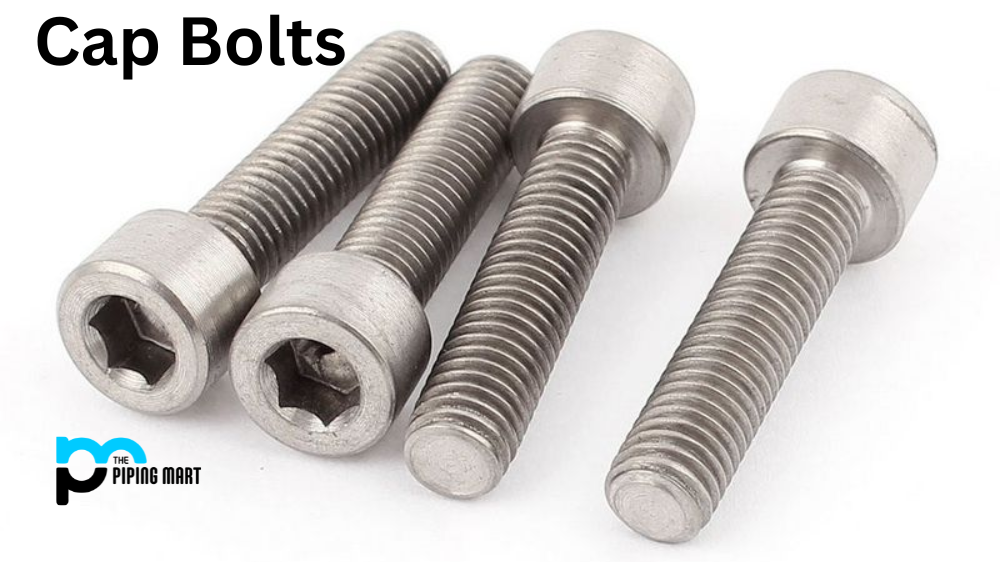Cap bolts are often used in machinery and automotive applications to secure components. They are commonly found in engines, transmissions, suspension systems, and many other parts that require a strong and reliable fastening method. However, cap bolts can fail if not installed correctly and cause serious damage or injury. This blog post will highlight some common mistakes people make when installing cap bolts and provide some helpful tips on avoiding them.
Not Using the Correct Torque Specifications.
One of the people’s biggest mistakes when installing cap bolts is not using the correct torque specifications. Torque refers to the force required to tighten a bolt to a specific level of tension. If a cap bolt is not tightened properly, it can cause the joint to come loose or fail altogether. Always check the manufacturer’s specifications for the correct torque values and use a torque wrench to apply the force evenly.
Over-tTightening or Under-Tightening the Bolts
Another common mistake is over-tightening or under-tightening the bolts. Over-tightening can damage the threads, strip the bolt head, or even stretch the bolt beyond its limit, while under-tightening can cause the bolt to loosen and fall out of the joint. It’s important to use the correct torque values and to tighten the bolts evenly and gradually. Don’t use air tools or impact wrenches to tighten cap bolts, as they can easily over-tighten them.
Not Using the Correct Lubrication.
Cap bolts often require lubrication to achieve the correct torque and prevent galling, a type of friction that can damage the threads and weaken the bolt. However, not all lubricants are suitable for cap bolts. Some lubricants can cause the bolt to loosen over time or react with the bolt material. Always use a lubricant designed for cap bolts and follow the manufacturer’s recommendations.
Using the Wrong Type of Bolt
Cap bolts come in various sizes, lengths, materials, and head styles, and it’s important to use the right type of bolt for the application. Using the right bolt type can lead to better fit, reduced strength, or even catastrophic failure. Always consult the manufacturer’s recommendations or seek advice from a qualified professional to determine the appropriate cap bolt for your application.
Failing to Check for Bolt Wear or Damage
Cap bolts can wear out or get damaged over time due to the high loads, vibrations, or exposure to corrosive elements. It’s important to check your cap bolts regularly for signs of wear, damage, or corrosion. If you notice any signs of wear, replace the bolt immediately with a new one of the same size and type.
Not Inspecting the Bolts Before Installation.
Finally, failing to inspect the bolts before installation can fail. Inspecting the bolts for cracks, deformities, or other damages that might affect their strength is important. Installing faulty bolts can be dangerous, particularly if the bolt is under load or in an essential component. Always inspect the bolts before installation to ensure they are defect-free.
Conclusion:
Installing cap bolts correctly is critical for your machinery or automotive system’s safety, reliability, and performance. By avoiding these common mistakes and following the manufacturer’s instructions, you can ensure that your cap bolts provide a strong and secure fastening method for your application. Always use the correct torque values, tighten the bolts evenly and gradually, use the appropriate lubrication, select the right bolt type, and regularly check for wear and damage. If in doubt, seek advice from a qualified professional.
Sakshee is a talented blogger, with a particular focus on the Business and Metal Industry. She is passionate about sharing her insights on various metal products and helping professionals to make a better decisions.



